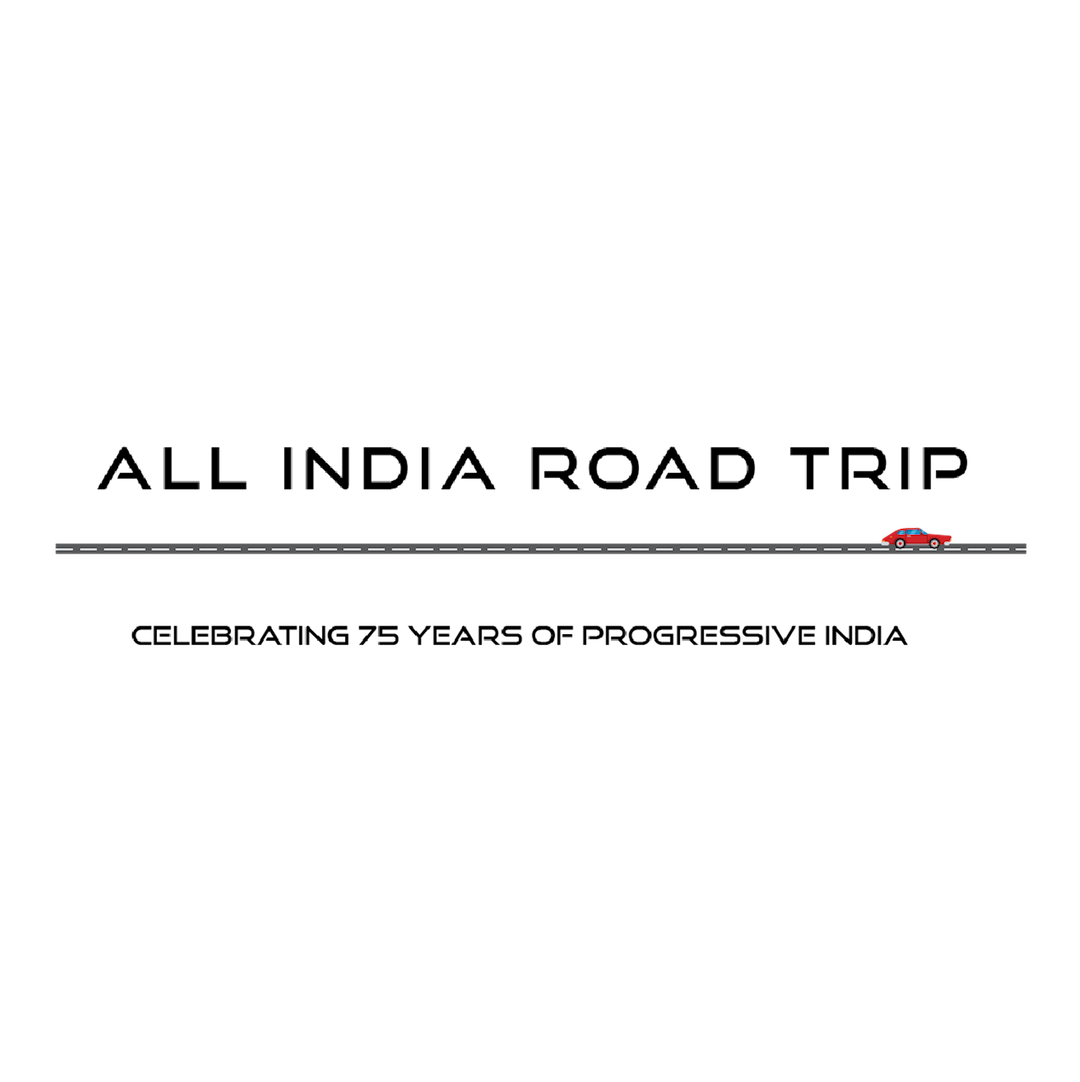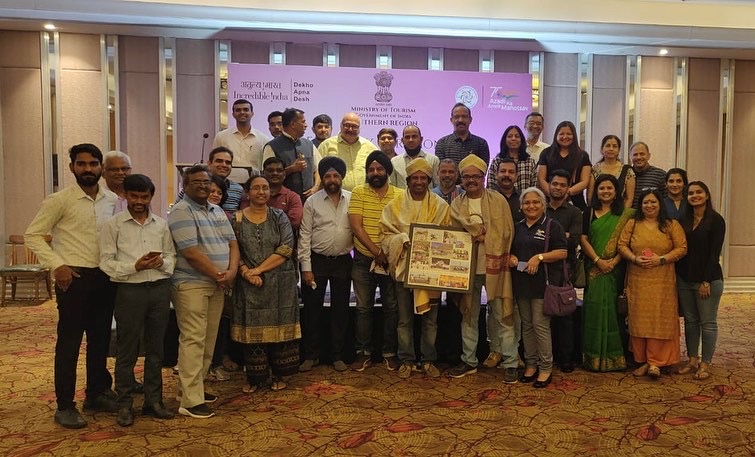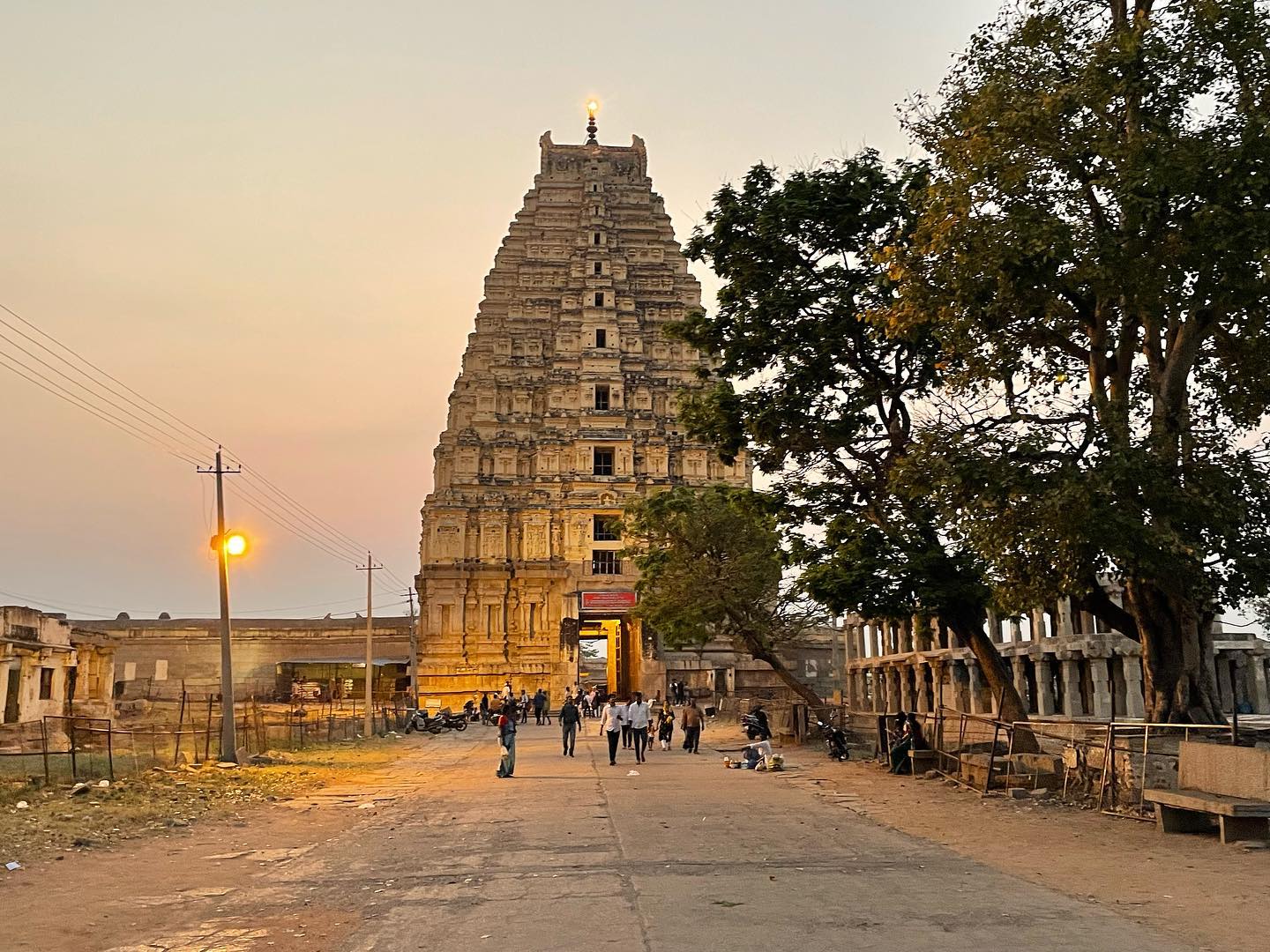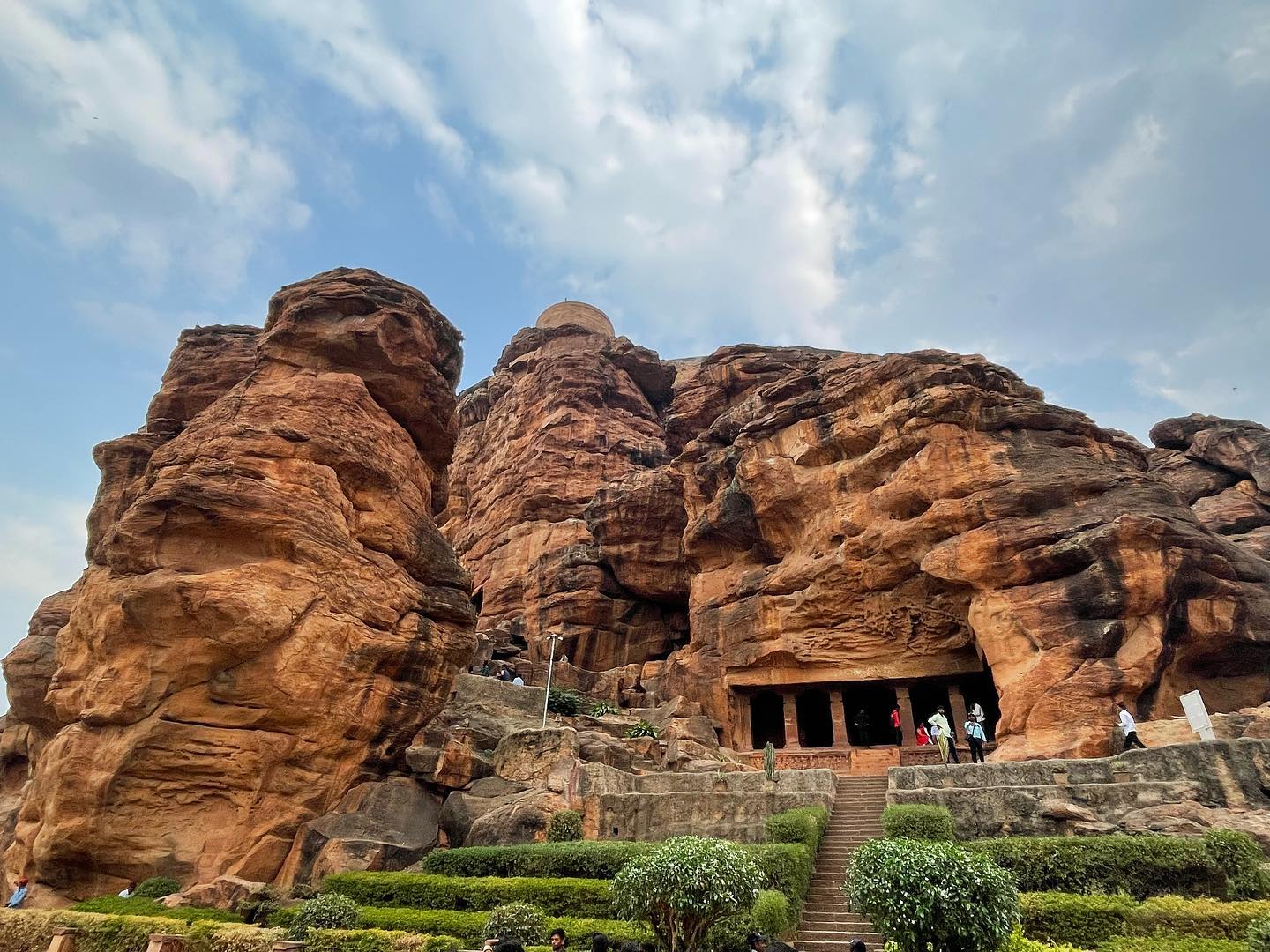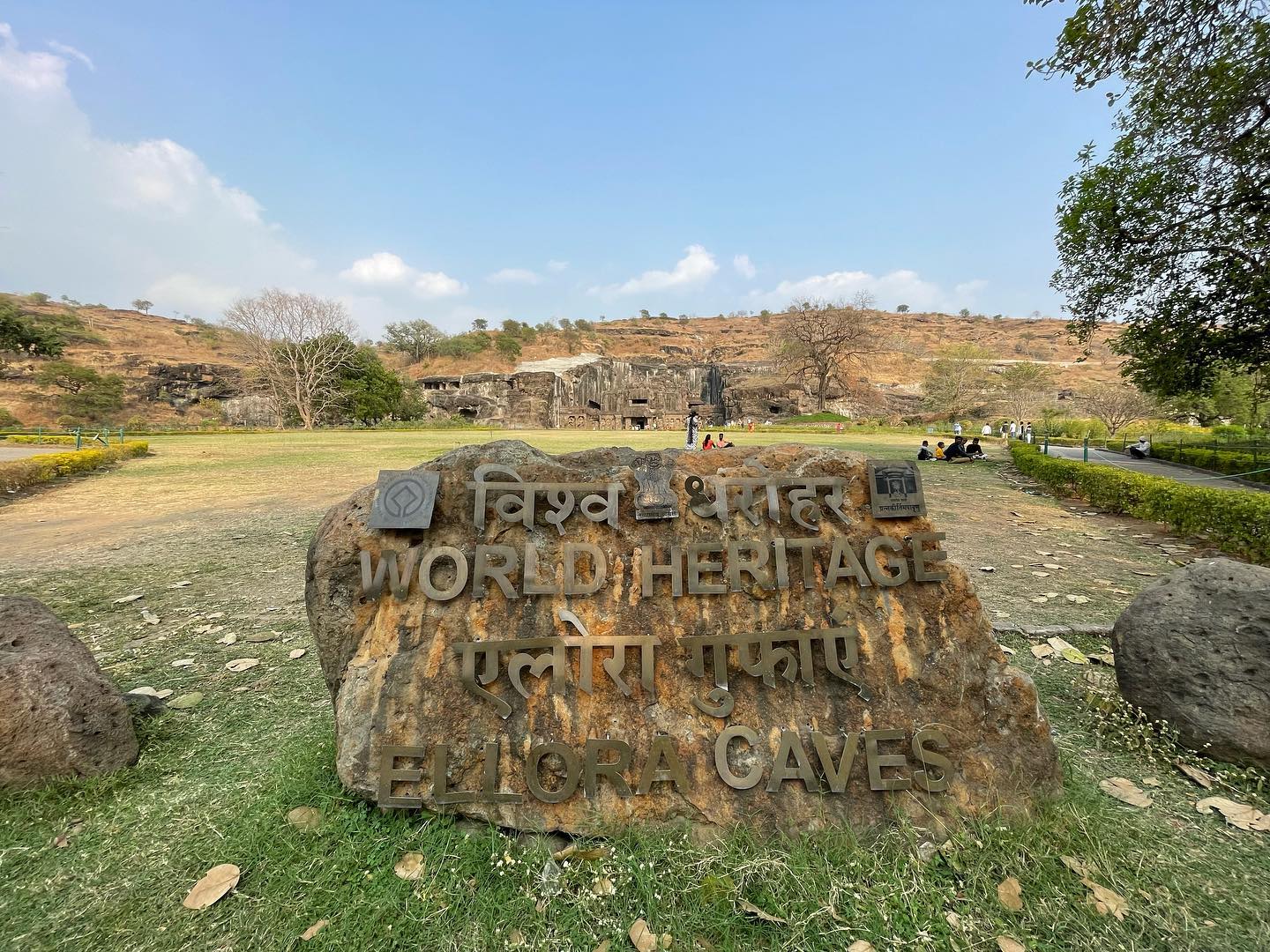23rd December, 2021
Majuli (mazuli) is a the Worlds Largest River island in the Brahmaputra River, Assam and in 2016 it became the first island to be made a district in India. It had an area of 880 square kilometres at the beginning of the 20th century, but having lost significantly to erosion it covers 553 square kilometres as at 2014. Majuli has shrunk as the river surrounding it has grown.
Since 2004 it is in the UNESCO Tentative List for nomination as a World Heritage Site.
The main attractions of the island are the satras, the Amazing Tribal cultures, the sunrise, the sunset, ferry rides and the migratory and indigenous birds, scenic beauty etc.
Formation :
It was formed due to course changes by the river Brahmaputra and its tributaries, mainly the Lohit.
Neo Vaishnavite Culture :
Mājuli is the abode of the Assamese neo-Vaishnavite culture. Neo-Vaishnavite is a sect of Hinduism, and is the place where it is practiced the most. It is a new branch that had its start from the 15th century on the hands of Saint Srimatra Sankardeva.
Many Satras or monasteries constructed by the saint still survive and represent the colourful Assamese culture.
The most famous Satras are : 1) Kamalabari Satra: Houses significant articles of art, culture, literature and classical studies.2) Aunitia Satra : Famous for its Apsara and Paalnaam dance.3) Dakhinpat Satra: The Rasleela performed on a full night.
Festival:
The main festival of Majuli is called Raas, that depicts the life of Lord Krishan, is celebrated full of joy with music and dance.
Mask Making
Anyone who visits Majuli is going to be amazed by the art of mask-making that is done in this area at a significant level. The masks are colorful and resemblance of the ancient Indian culture with the touch of Hinduism.
The art of mask making started by the hands of Srimanta Sankardeva, who was an Assamese saint. Chamoguri satra’s devotees still practice the art, and it is one of the vibrant cultures of the place. It is not just something to sell for money but a sacred act amongst the followers. The mask is done from the inspiration of character from the Bhagwat Gita.
Weaving
Weaving is an important aspect of the cultural life of the people of the Majuli Island. Every house irrespective of caste, creed and social status, has a loom. It is a traditional industry that can be traced back to very ancient period. In ancient times, kings are believed to be wearing clothes from Mezankori plant. This plant is used for rearing muga larvae. Weaving is practiced by the inhabitants of Majuli mainly for utility purposes. Traditionally, weaving is done by womenfolk. It is practiced by most of the communities residing in Majuli. Generally a family’s requirement of cloth is met by cloth woven at home. The tools required for weaving are indigenous in nature, made from locally available bamboo and timber like looms, ugha, chereki, mako and neathani etc. Raw materials required by weavers are mainly cotton silk from cocoons and mulberry leafs etc.
Akash-Bonti(The Sky Candle)
During kati bihu in paddy fields, there is a special type of lamp lit up high on the tips of tall bamboo which is called Akash Bonti (Sky candle). It symbolizes cultivators’ prayer for the good health of their crops. Scientifically there is a good reason to light up these types of lamps. These lamps attract insects of the paddy fields and they fall prey into the fire of these lamps. This helps the crops to be healthy and free from insects. The style of Akash Bonti lighten by Auniati Satra is unique and an eye-candid view.
Threat to Majuli
The island is under threat due to the extensive soil erosion on its banks. The reason for this magnitude in erosion is the large embankments built in neighbouring towns upriver to prevent erosion during the monsoon season when the river distends its banks.
